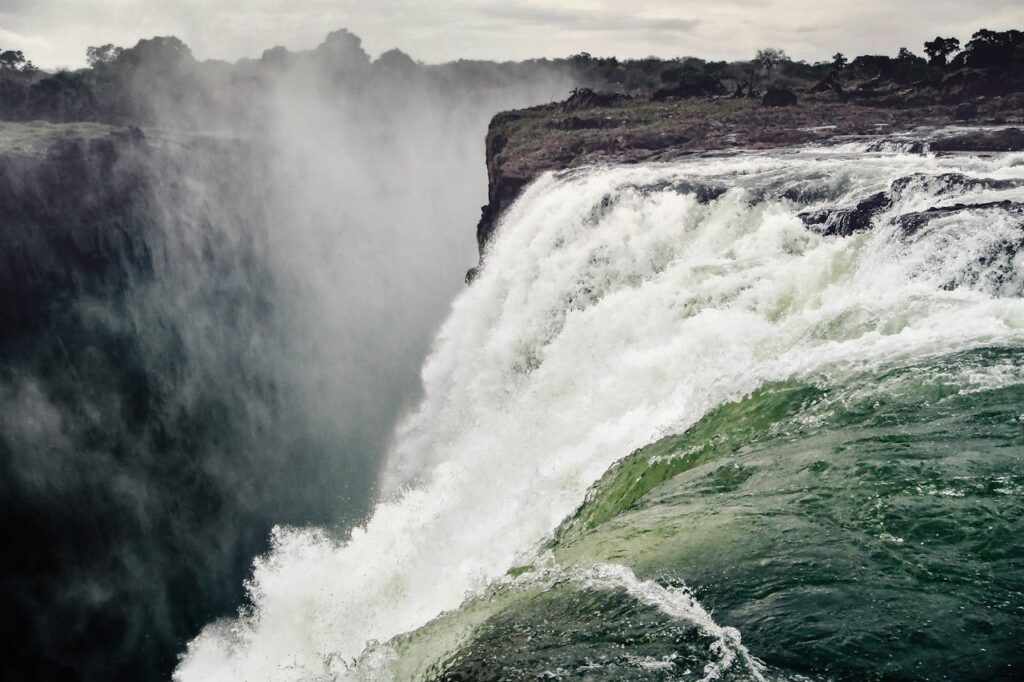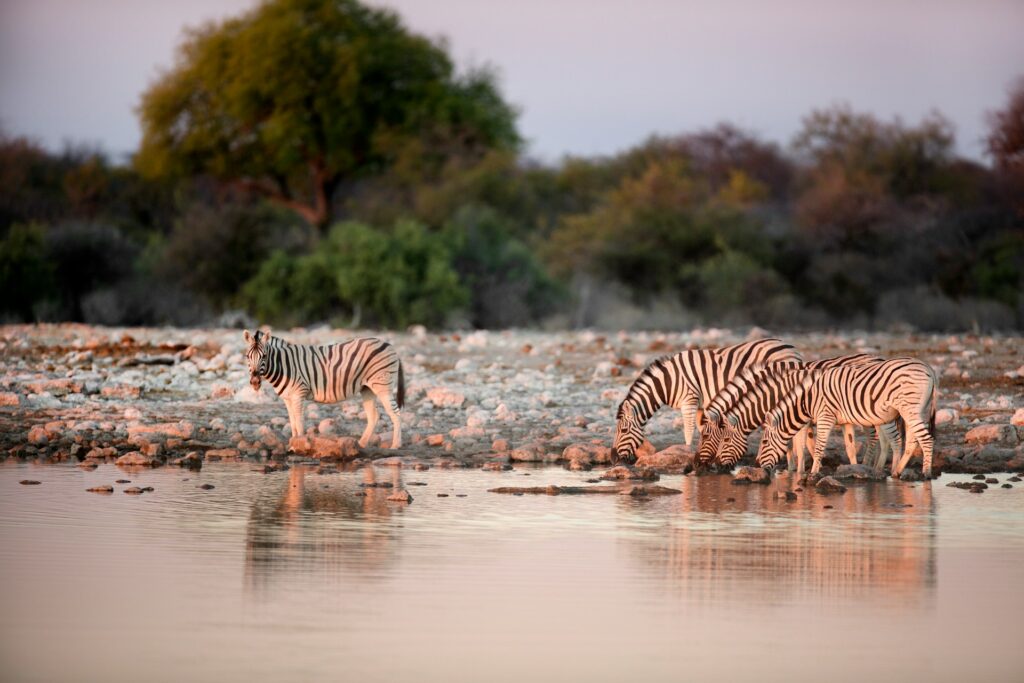Zimbabwe’s diverse landscapes and rich heritage sites are well-known among travellers, especially those interested in African wildlife safaris.
From national parks with exceptional game viewing opportunities to the legendary Victoria Falls, Zimbabwe is a treasure trove of natural wonders. To make the most of your visit to this African destination, it’s crucial to know the best time to travel.
Zimbabwe experiences two distinct seasons: wet and dry. Most tourists prefer the dry season due to its pleasant weather. Here’s a detailed monthly guide to help you plan your trip.
A Monthly Seasonal Guide To Visiting Zimbabwe
January to March
These months are the rainiest in Zimbabwe, which might deter some travellers. However, if you’re keen on exploring Victoria Falls, February and March are ideal as the water levels are high. In February, the mist from the falls can obscure the view, but by March, the visibility improves, offering a perfect experience. Budget travellers will find this period appealing due to lower demand and reduced prices.
- Main Animals to See: Hippos, crocodiles, and bird species.
- Average Temperatures: 20-25°C (68-77°F).
- Packing Tip: Bring waterproof clothing and sturdy, non-slip shoes for wet conditions.

April and May
Rain showers decrease significantly in April, and the weather cools down. The game parks are lush and green, attracting tourists, although the weather can still be unpredictable. May is one of the peak months to visit Zimbabwe, offering spectacular views of Victoria Falls and excellent safari adventures. Be prepared for higher prices due to increased demand.
- Main Animals to See: Elephants, buffalo, and various antelope species.
- Average Temperatures: 15-25°C (59-77°F).
- Packing Tip: Pack layers to adjust to changing temperatures and a light rain jacket.
June and July
June and July are the best months for wildlife safaris in Zimbabwe. June is particularly good for elephant viewing in Hwange National Park and rhino tracking at Matobo Hills. In July, you can enjoy canoe safaris and game viewing. Pack extra layers as temperatures can drop significantly during these months.
- Main Animals to See: Elephants, rhinos, lions, and leopards.
- Average Temperatures: 10-20°C (50-68°F).
- Packing Tip: Bring warm clothing for early mornings and evenings, and a hat for sun protection during the day.

August and September
August is another prime month for wildlife spotting, thanks to clear skies. It’s also a popular time for white-water rafting at Victoria Falls. As it is peak season, accommodations and camps in national reserves fill up quickly, and prices rise accordingly. September is notable for the annual game count at Hwange National Park, attracting many tourists.
- Main Animals to See: Lions, leopards, elephants, and buffalo.
- Average Temperatures: 15-25°C (59-77°F).
- Packing Tip: Pack lightweight, breathable clothing and sunscreen for the daytime, and a light jacket for cooler evenings.

October to December
October is the hottest month in Zimbabwe, but game viewing remains excellent. The heat extends into November, but early rains can bring relief. This period is less popular among tourists, but it’s a fantastic time for birdwatching as migratory birds flock to various spots in the country. December is the wettest month, characterised by frequent summer rains. The lush green landscapes are at their peak, making it a great time for birdwatching. National parks are quieter, and budget travellers might find this period appealing, provided they can tolerate the rain.
- Main Animals to See: Migratory birds, zebras, elephants, and hippos.
- Average Temperatures: 20-30°C (68-86°F).
- Packing Tip: Bring lightweight, breathable clothing, a hat, and waterproof gear for sudden rain showers.

Getting There From The UK
Travelling to Zimbabwe from the UK is relatively straightforward. Direct flights to Zimbabwe from London, arriving in Harare, the capital of Zimbabwe, are available with airlines such as British Airways and Ethiopian Airlines. A flight to Zimbabwe is approximately 11 hours. Alternatively, you can opt for connecting flights via Johannesburg, South Africa, which offers more flexibility in terms of flight schedules and airlines.
Once in Zimbabwe, domestic flights are available to major tourist destinations like Victoria Falls, Hwange National Park, and Bulawayo. Car rentals and guided tours are also popular options for exploring the country.
The Bottom Line
To have an unforgettable experience in Zimbabwe, it’s essential to choose the right time to visit based on your interests. Wildlife enthusiasts should aim for the dry season, particularly June, July, and August, while birdwatchers might prefer the wetter months. Always consider what you want to experience and plan accordingly to make the most of your trip to this incredible destination.





